So you finally got an
Instant Pot
congratulations!
Perhaps youve read all the incredible reviews from bloggers, chefs, and home cooks and decided to get an Instant Pot. Or maybe you have a friend who WONT stop raving about it, and you caved and bought one of your own. Possibly, you received one as a gift. Well, no matter how you got your Instant Pot, you must now be wondering what youre supposed to do with this magical appliance. Youve heard it can cook eggs, meat, pasta, rice, vegetables, cheesecake, and more, but you have no idea how to get started. Dont worryyoure not alone! We are here to help.
First off, we want to reassure youthe rumors are all true. In case you werent sure, this is definitely not your grandmothers stovetop pressure cooker. It doesnt squeal. And it certainly wont explode. In fact, the Instant Pot is an electric pressure cooker, and it is capable of so much more than those single-function pots from days of yore. Not only does it pressure-cook your food, often cutting cooking time at least by half (think dried beans in 45 minutes without soaking), it also has a built-in slow cooker for those days when you want dinner ready the moment you walk in the door after a long day.
So whats the difference between a pressure cooker and a slow cooker? With a pressure cooker, steam builds pressure, raising the boiling point, so food cooks faster. Translation: You can have stew on a school night and still have time to do homework. A slow cooker, on the other hand, uses low temperatures and a lot of time to cook a meal. In other words: Throw ingredients in and forget it. With the Instant Pot, you get the best of both worlds. You dont just save time, you add diversity to meal planning and simplify your life in the kitchen by getting everything in a single appliance.
No more cluttered countertopsHUGE bonus for anyone living in an apartment or home with a small kitchen! You can make stew on a school night and still have time to do homework! The many functions of the Instant Pot provide a versatility that you could never achieve with just a slow cooker or pressure cooker alone. Take the saut mode (one of our favorites): Yes, it does the obvious, and sauts onions and garlic to bring out their true flavors; but it also sears meat to lock in flavor and form that desirable golden-brown crust; and it simmers sauces, so you can reduce them down to the perfect consistency. This book has all the recipes you need to get started using your Instant Pot, including old-fashioned favorites, such as ). We use everyday ingredients in the recipes, nothing exotic or difficult to find. Throughout the book, there are two types of button icons at the top of each recipe. 
 The second set of buttons icons indicate which function you will use on your Instant Pot to cook the recipe.
The second set of buttons icons indicate which function you will use on your Instant Pot to cook the recipe. 
 The second set of buttons icons indicate which function you will use on your Instant Pot to cook the recipe.
The second set of buttons icons indicate which function you will use on your Instant Pot to cook the recipe.
In the case of a few slow-cook recipes, we also provide an alternative pressure-cooked version of the recipe on the same page (just in case you dont want to wait 8 hours). Below are the button icons youll see throughout the book, and you will find the corresponding buttons on your Instant Pot for when you start cooking. Saut Slow Cook Manual Rice Steam Air Fry Hopefully, you will take comfort and pride in making these recipes and gain the know-how and inspiration to create new recipes of your own. Before you know it, youll want to cut back on take-out and fast foods, and get back to making quick and easy dinners every night at home. The Instant Pot can handle the pressure so you dont have to!
What you absolutely need to know before using your instant pot.
We know some of you want to dive right in and get started using your Instant Pot, so in this section, we have compiled the essential things you need to know to get started: how to release the steam when pressure cooking, the function of the buttons on the digital display, and the most common mistakes that rookies makefortunately, we made them so you dont have to!
THE BUTTONS
> To change the time for any function, use the
+ or keys to increase or decrease the desired time. > The [
ADJUST ] button changes the slow cook temperature from less to normal to more.
It will also adjust the saut temperature. > Use the [ PRESSURE ] button to change the pressure setting between low pressure and high pressure. > When using the [ MANUAL ] setting, adjust to cook on low or high pressure by pressing the [ PRESSURE ] button. Then use + or to set the time. > To saut, press the [ SAUT ] button. It is automatically set to Normal, which is what we used for all of our recipes.
But if you would like less heat or more heat, press the [ ADJUST ] button to change between Less, Normal, or More. When the temperature has been reached, the display will show Hot. This is for open-lid cooking only. > When slow cooking, press the [ SLOW COOK ] button and then the [ ADJUST ] button to select Less, Normal, or More. Then use the + or to adjust the time. > To steam, press the [ STEAM ] button and then the [ PRESSURE ] button to adjust for low or high pressure. > To steam, press the [ STEAM ] button and then the [ PRESSURE ] button to adjust for low or high pressure.
Then use the + or to adjust the time. > When using the Soup, Meat/Stew, Bean/Chili, or Poultry settings, each one has a specified pressure and amount of time. You can change them to high or low pressure by pressing the [ PRESSURE ] button, and you can change the time by using the + or buttons.
QUICK RELEASE VS. NATURAL RELEASE
Once the timer has gone off and the pressure cooking has finished, you have two choices on how to release the steam: Quick Release is when you open the steam release handle by turning it from Sealing to Venting to let the steam release very quickly (just be careful of the steam; its extremely hot and there will be a lot of it). Natural Release is when the timer goes off and you let the pressure release without doing anything.



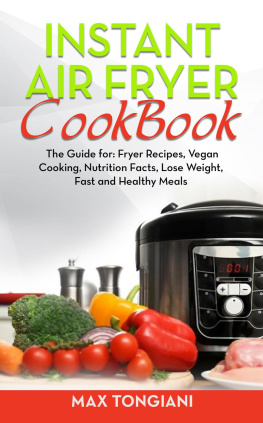
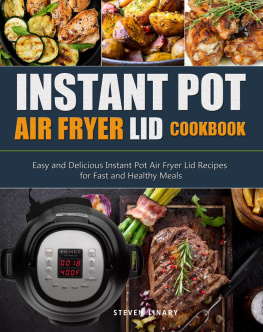
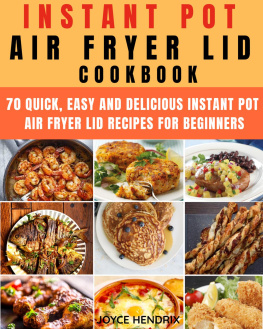
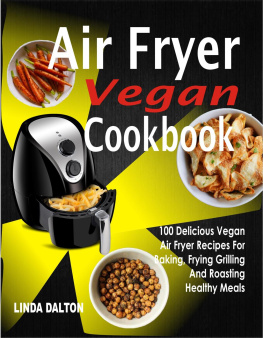
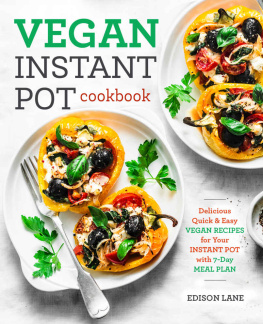
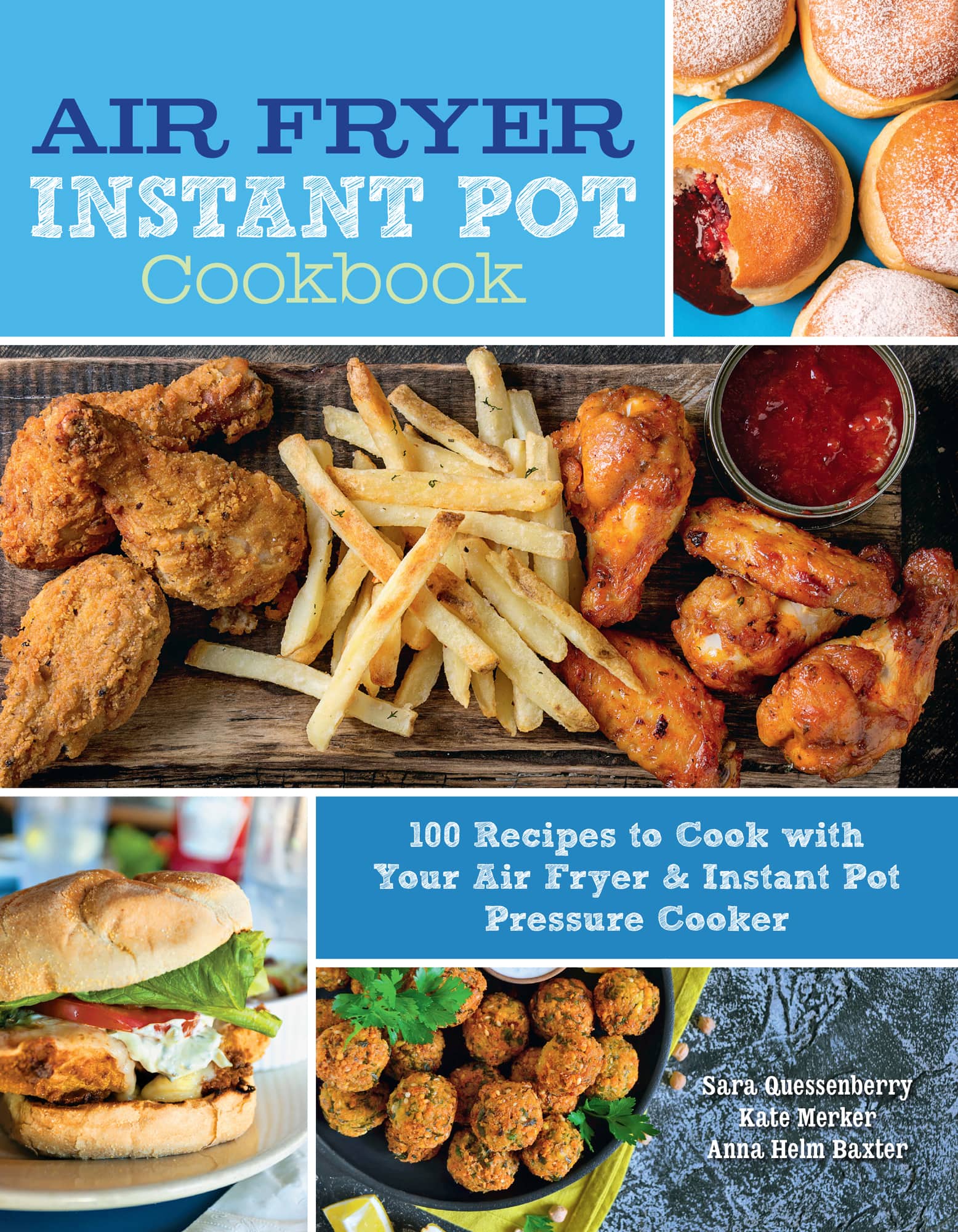



 The second set of buttons icons indicate which function you will use on your Instant Pot to cook the recipe.
The second set of buttons icons indicate which function you will use on your Instant Pot to cook the recipe. 